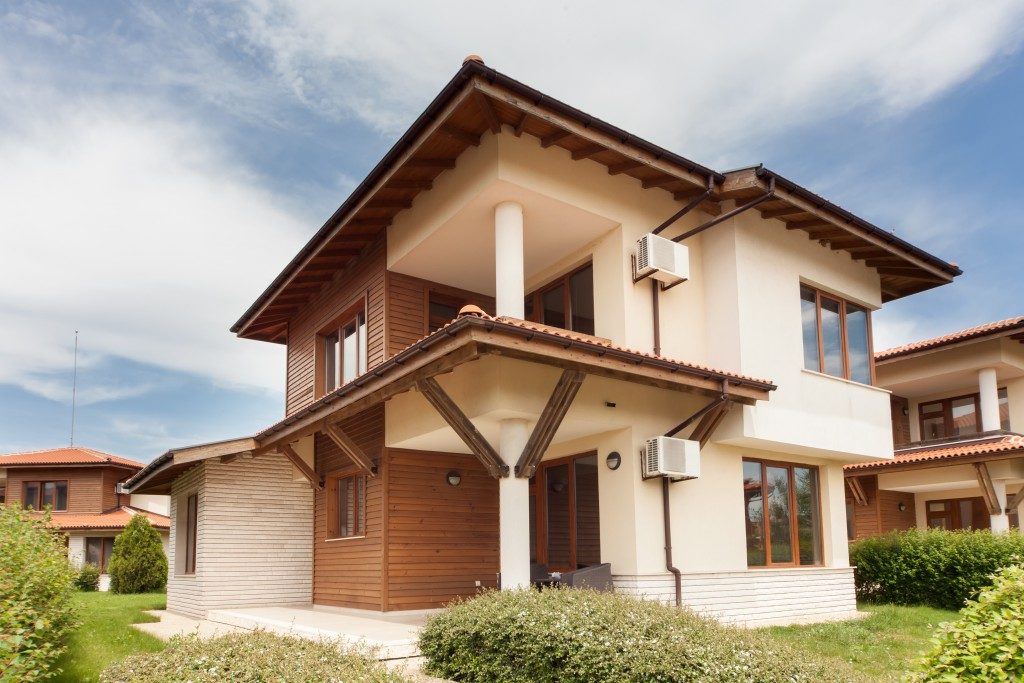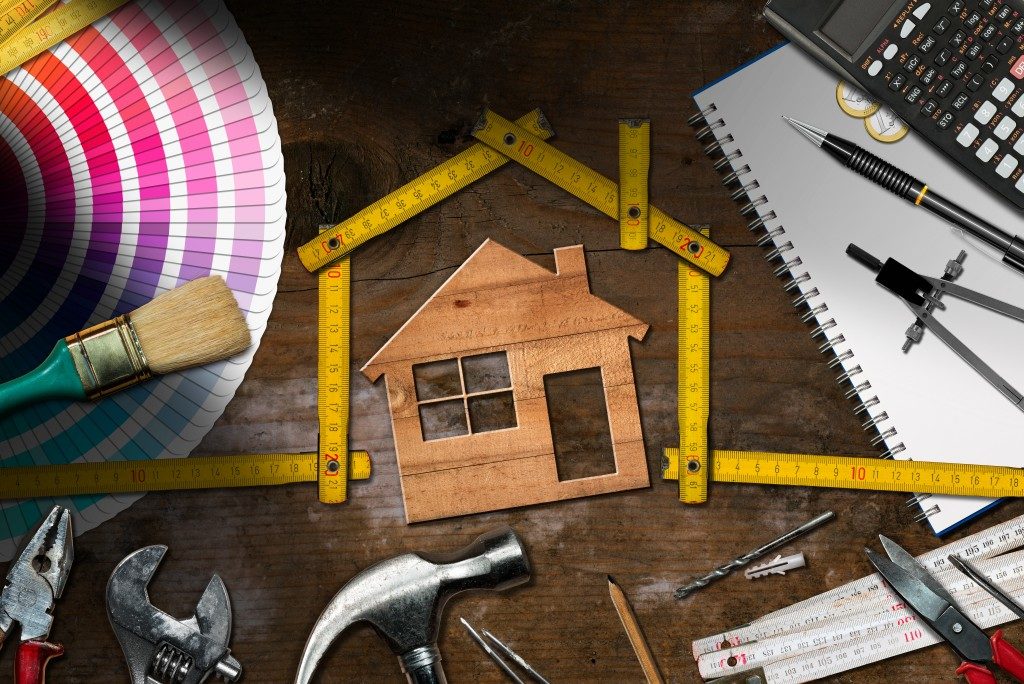Decks offer something for everyone in the family. They can be an elegant area to entertain, a chill place to hang out, or a cosy space to play in the summer. They are one of the staples of a standard Australian home. If you don’t have a deck yet, having one built is also a great way to add value to your home. But before you break out your hammer, here are a few things you need to know about building decks.
MATERIALS
One of the most important decisions you’ll have to make regarding decks is choosing what materials to use. Decks can be made using a number of materials ranging from popular and traditional to newer alternatives, some aren’t even wood! Here they are:
Hardwoods are the more traditional choice for decks. They are very durable and highly resilient. They look amazing and feel elegant. Popular decking hardwoods are Jarrah, Merbau, and Spotted Gum.
In terms of cost, hardwoods are priced between composite decking and treated pine.
Hardwoods can be a bit harder to install because of their solid constitution.
Like most materials on this list, regular maintenance will ensure your hardwood deck does not weather.
Merbau is one of the most prominent building materials for decks and other parts of Australian homes. It is rot and insect resistant.
Treated Pine is known for its affordability while still offering versatility in terms of installation and maintenance. However, treated pine falls behind hardwoods when it comes to appearance and durability.
Composite Decking is a relatively new addition to Australian decks. It is a mixture of wood pulp, sawdust, and plastic made into boards. Different brands have different mixture recipes. Decks made from composite materials are essentially maintenance-free. They are also made to look like timber decks. Although composite decking tends to cost more than hardwoods at first, the regular maintenance expenses for the latter make up for it.
If for some reason you don’t want to use wood for your decks, you can explore the compressed-fibre cement option. It is a mixture of cement, sand, and cellulose fibre. It is splinter-free and weather-proof. Compared to harder tile or concrete, compressed-fibre cement gives off a softer look. However, these pros come with a bigger price tag compared to your wood options.
Picking a material for your deck can be a daunting task in itself. If you get overwhelmed, you can always consult professionals for advice.
PLAN AND PERMIT
Once you’ve chosen the perfect material for your deck. You’ll have to create a detailed plan with measured dimensions for your deck. You will use this plan to determine whether you need to get a permit. Consult the Building Regulations of Victoria to check your particular requirements.

BUILDER/DIY
After preparing your materials, plan, and permits, you can start the construction process. You should now decide whether you’ll take on the project yourself or hire professionals to do it for you. Weigh the cost, timelines and your target quality when deciding. Remember that some materials, like treated pine, are easier to install and may be ideal for small DIY projects.
MAINTENANCE
Your finished deck may look amazing now, but failing to regularly maintain it will surely take its toll. Don’t forget to coat your wooden decks with either oil-based or water-based products. Find out how much maintenance your particular material and your area require. Going for the greying aesthetic may look good, but without proper maintenance, the wood will rot and weaken.
ACCESSORIES
Once your deck is all set, you can now accessorise it with lights, furniture, and rails. You can even match the surrounding house walls with external timber cladding in Melbourne and lean into that wooden aesthetic.

